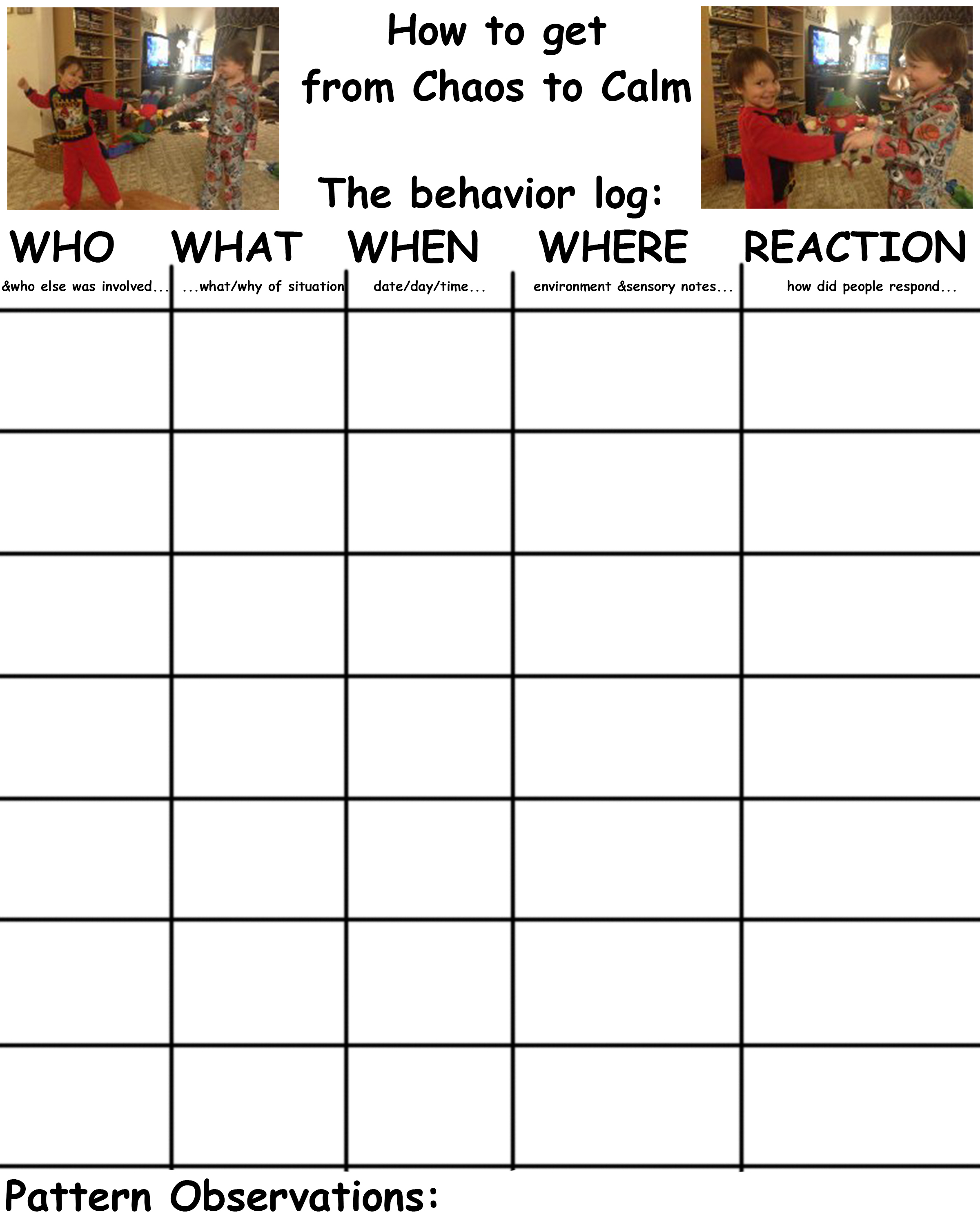Has your family made any changes based on using your senses to utilize space in your home? If you didn’t have the chance (or didn’t read our PREVIOUS BLOG) I suggest you go room to room and think by touching, smelling, tasting, seeing and hearing … Question how it’s functioning and if it could be re-organized to serve the rooms purpose better. Try not to compare your home to expensive visions you view on our pinterest site – although use the ideas to formulate a plan that works for your household needs. If the room set up makes sense for its purpose there is less likely to be chaos in that environment.
To move forward and organize your chaos I suggest you first go backwards. Think back to setting up your child’s first environment. Most parents design their baby’s nursery with decorations they like, with books they enjoyed as a child, with superhero’s on the wall that they want their lil’ boy to idolize (ok, that was my husbands plan 😉 … Point is that room set ups are parent’s choice because it’s designed when your lil’ one can’t vocalize their requests and then rooms sorta just morph as the baby grows and clothes and toys accumulate = unorganized chaos – because now that baby is becoming in charge or his environment. Because of this, research suggests to start with growth in mind and leave space for the future stuff… including space for them to decorate… Then wean out items they have out-grown. Keep rooms simple and this includes color scheme. Parents think bright multi-colors promote an engaged atmosphere, but it really seems to just over stimulate a little one (or even yourself). Check out this site: http://nursery.about.com/od/Color-Palettes/a/Color-Psychology.htm to learn more about color use.
Even a busy mobile over the crib can be over stimulating and discourage attention building skills, so keep the colors and supplies simple. For babies – please consider “safe sleep” habits when choosing bedding and don’t push them into a big bed before they are ready. (Safety often gives a sense of security which gives a sense of calm vs chaos.) A too-big bed feels less secure and takes up floor space that a child needs for learning through exploration. Also, a bed should look like a place to sleep, not a playground (I should have considered my own advice before allowing my preschooler to have a slide on his bed!). This helps children to understand what the function is of the equipment and what their job is, and that’s to go to sleep (being sleepy is often another cause for chaos). Although racecar beds are fun, they can make bedtime a struggle. Bedtime is chaos time in many homes, so simplify creating less chaos for the mind, body AND clean up purposes.
As your home starts to get organized and simplified the chaos should also. Meaning, not that chaos stops all of sudden, but that you should be able to know when and where to predict behavior issues. Start tracking behaviors and you’ll see what I’m talking about… Get out some paper: write down a column for WHO was having a problem (&who else was involved), a column for WHAT the behavior was, a column for WHEN the outburst was happening and a column for what environment/WHERE you were when calmed turned to chaos. You may also wanta column for your REACTION:

8X10 printable behavior log
You’ll be surprised at patterns behaviors follow and although it may not stop the chaos, it will help you devise tools to deal with the situation. Check out our next article to learn more…


Leave a Reply